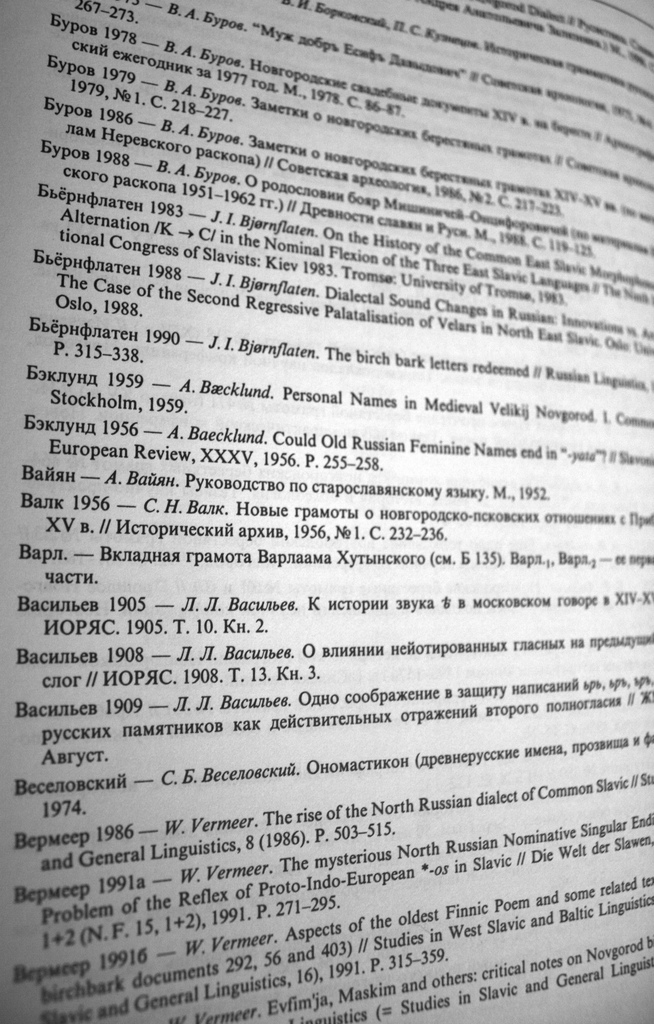The Importance of Citing Your Sources
To avoid plagiarism, one must provide an accurate citation every time information is used from an outside source.
Learning Objectives
Identify the different types of citations and where they should appear in a paper.
Key Takeaways
Key Points
- An accurate citation includes complete reference information written in a regulated format. This should allow the reader to find the complete resource that was cited.
- Types of citations include parenthetical (in-text) citation, footnote, endnote, and full citation of all sources.
- A complete reference section (often titled “References” or ” Works Cited ” depending on citation style ) comes at the end of your paper and lists all cited sources in alphabetical order.
- There are several different formats for citations, including MLA, APA, and Turabian style (also known as Chicago style or CMS). Rules for each of these styles are given in style manuals; they include detailed explanations and examples of how to cite sources correctly.
- Ask your teacher what specific style they want you to follow for your citations; typically they will want one style for all work submitted.
Key Terms
- plagiarism: The copying of another person’s ideas, text, or other creative work, and presenting it as one’s own, especially without permission.
- in-text citation: Reference information for a particular source presented within a paragraph, either as a parenthetical or integrated into a sentence.
- footnote: A short piece of text, often numbered, placed at the bottom of a printed page, that adds a comment, citation, reference, etc., to a designated part of the main text.
What Do You Need to Cite?
Any time you use specific material from an outside resource, you need to provide a citation that says exactly where you found that information. “Specific material” refers to quotations, detailed paraphrases, summaries, and images or graphs. If you use any of the above sources without citing them, you are committing plagiarism. If you are ever unsure whether to cite a source or not, you should cite the source. It is best to err on the side of caution to avoid plagiarism.
At the college level, plagiarism is an extremely serious offense. Students who plagiarize, whether intentionally or unintentionally, risk academic consequences that range from failing an assignment or a class to expulsion. Learning how to cite your sources is more than a stylistic requirement—it is a matter of academic integrity.
You will cite resources in two places: a brief citation in the text of your paper ( in-text citation ), and a full citation in a reference page at the end of your essay.
In-Text Citations
In-text citations come in two forms: the parenthetical, and the footnote (or endnote).
Parentheticals
Parenthetical citations include the necessary information in parentheses after a sentence. Parenthetical citations should include only enough information to direct the reader to the specific information you are citing. Most citations will require only the last name of the author and the page number where the information comes from, but this will vary according to the style manual you are directed to use by your professor. The following is an example of a parenthetical citation:
Aldiss claims Erasmus Darwin was an influence on the Romantic poets who surrounded Mary Shelley, describing his thought as “seminal” (Aldiss, 13).
Footnotes and Endnotes
Footnotes include a number at the end of the sentence that directs the reader to the appropriate note at the bottom of the page. Endnotes are exactly like footnotes, except the notes are at the end of the paper rather than at the bottom of the page. Footnotes and endnotes can be used both to cite a source, to provide additional information, or to provide context for a word or concept in your text.
For more detailed instructions, as well as information on what to do in exceptional circumstances, consult a style manual for whichever format is required.
Reference Section
Since in-text citations are kept brief, you will need to provide the full bibliographic details of your sources outside of the text of your paper. This is done in a reference section at the end of your paper. The name of this page differs depending on the style (MLA calls it the Works Cited section; APA calls it the References section). This page serves the same purpose for each style: it comes at the end of your paper and lists all your cited sources in alphabetical order (typically by the author’s last name).
Citation Style Manuals
Writing citations requires that you follow detailed formatting rules. There are several different formats, including MLA, APA, and Turabian style (also known as Chicago Manuscript Style). Rules for each of these styles are explained in style manuals, which include detailed explanations and many specific examples of how to cite things correctly. Most style guides include sections on citing online sources; writers should pay extra attention to the rules for verifying and citing sources from the web. Many publications and professors now require authors to run their papers through online plagiarism tools to ensure writing is original.
Your professor will most likely indicate the specific style that you should follow depending on the subject for which you are writing, so be sure to follow the correct style guide! You should find a copy of a style manual, either online or in print, and consult it frequently. It may seem tedious and fussy, but accurate citations are a necessary component of any reputable essay.

Understand your notes: Annotated bibliographies include notes that explain what you found useful in a source, making it easier for you to refer back to a source later.